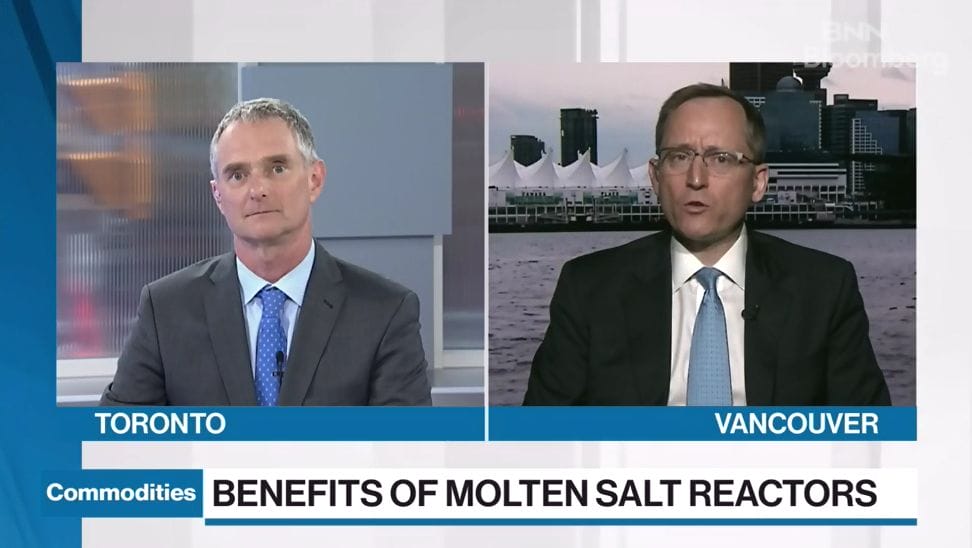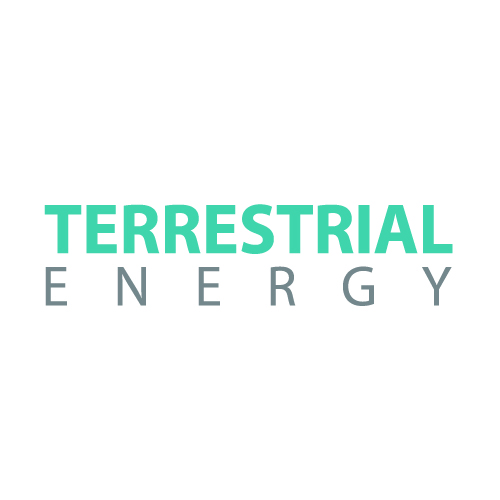- May 28, 2019
- In the News
Business in Vancouver: Advanced nuclear could take climate fight to the next level
By Business in Vancouver
As ministers from more than 25 countries gather in Vancouver this month for the Clean Energy Ministerial, they will be thinking about how the world can transition to clean energy economies. But decarbonizing the world electricity supply is just the beginning. At best, it would eliminate only 30% of global emissions. That’s because the transportation, industry and agriculture sectors are all huge consumers of fossil fuels, as well, and finding substitutes for those applications will be even more challenging. Fortunately, some advanced nuclear power plant designs can meet these demands without producing emissions...These next-generation reactors could arrive like the cavalry in the fight against climate change.








